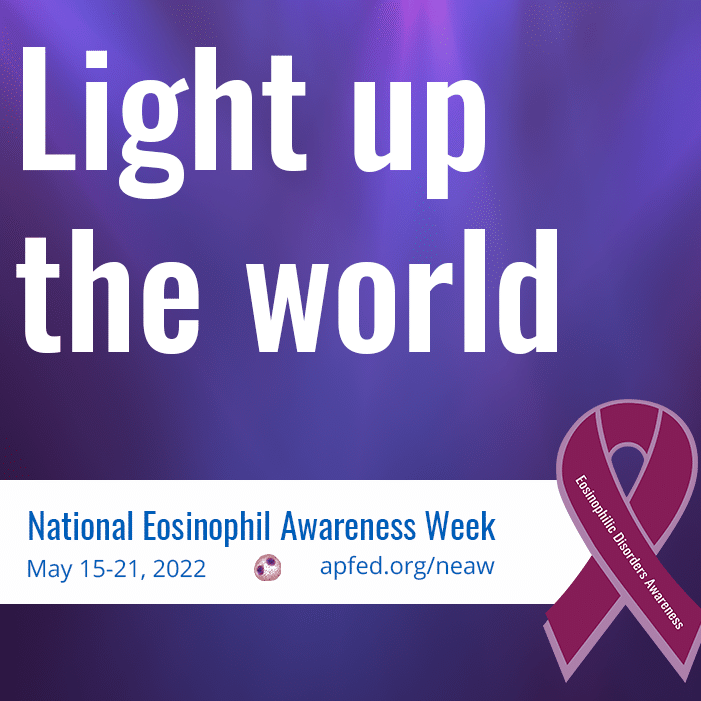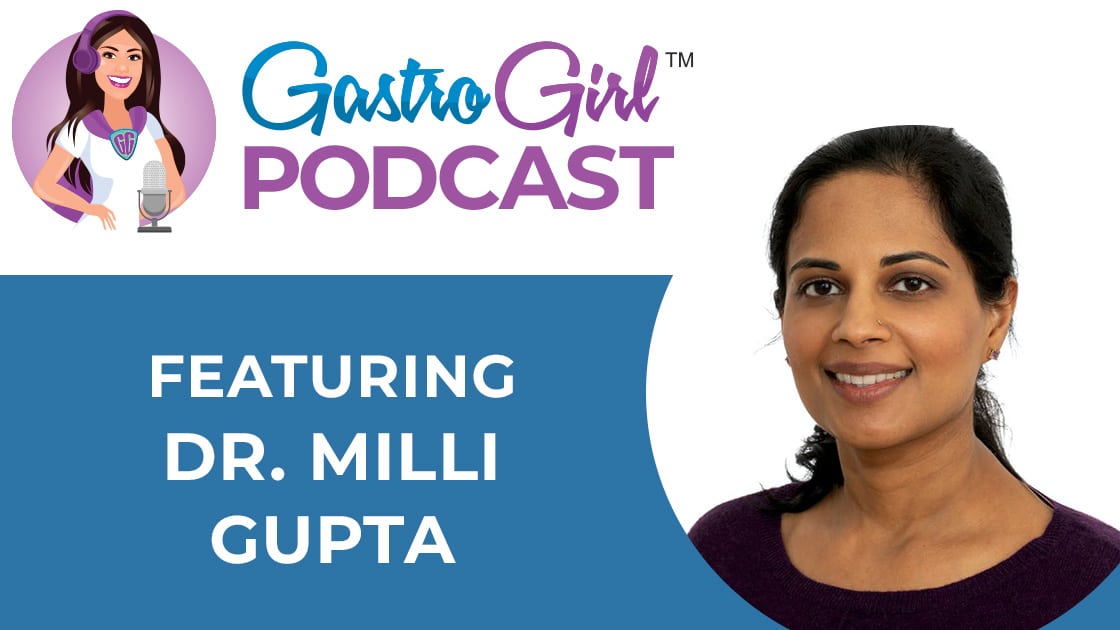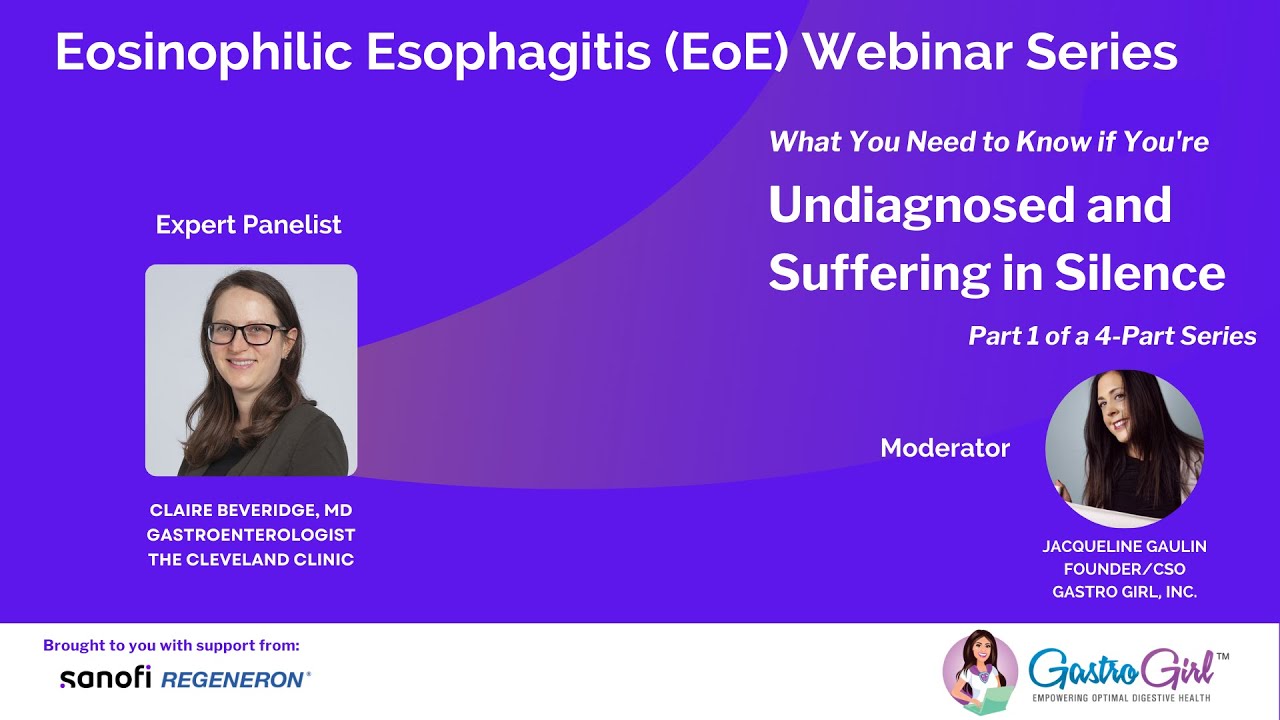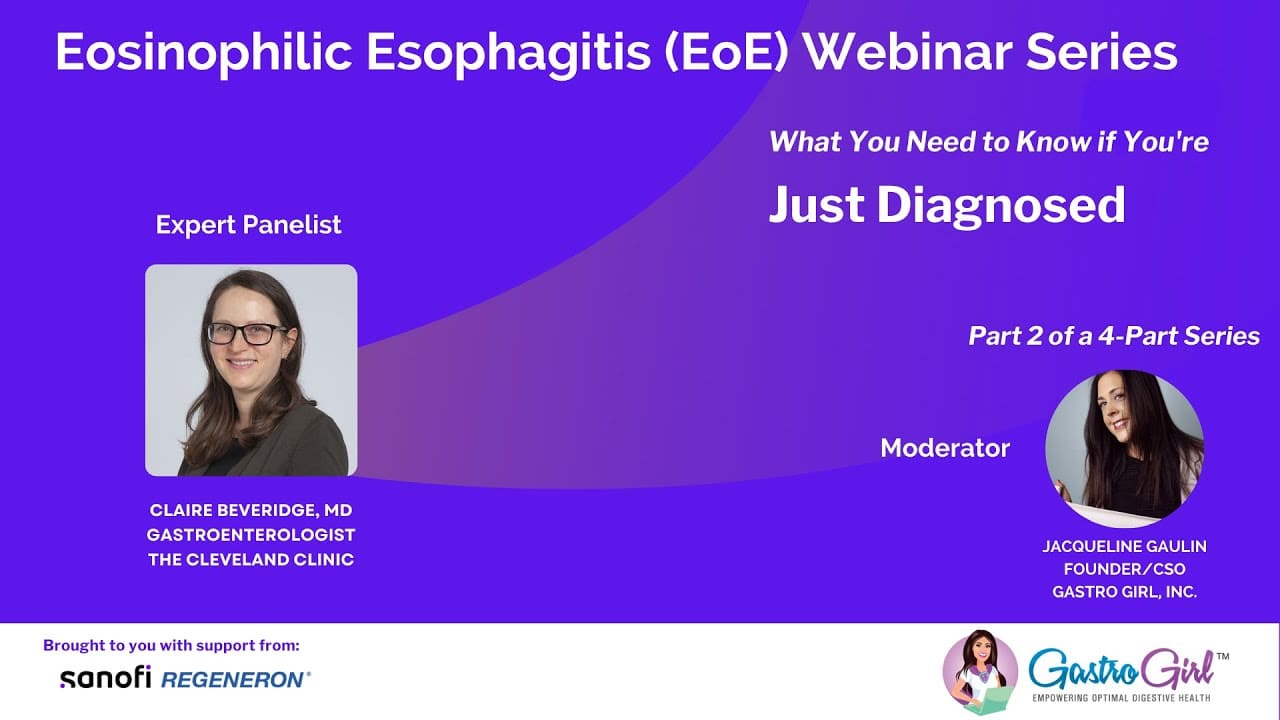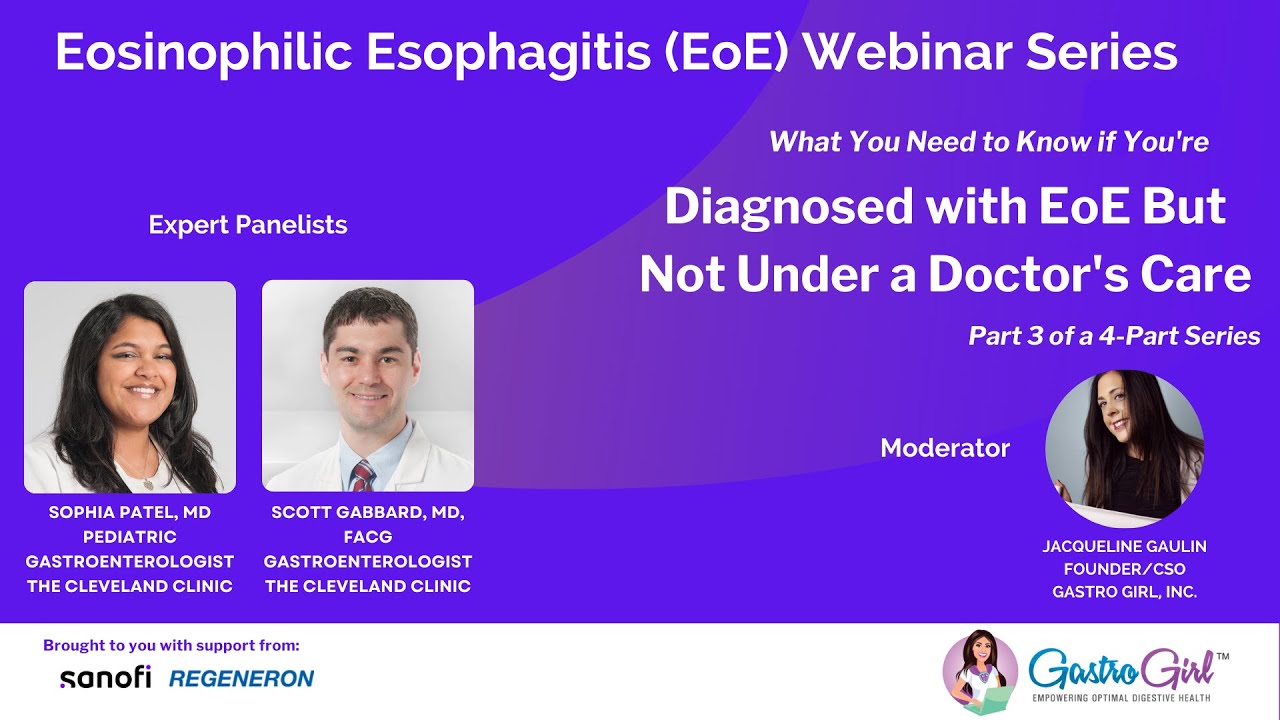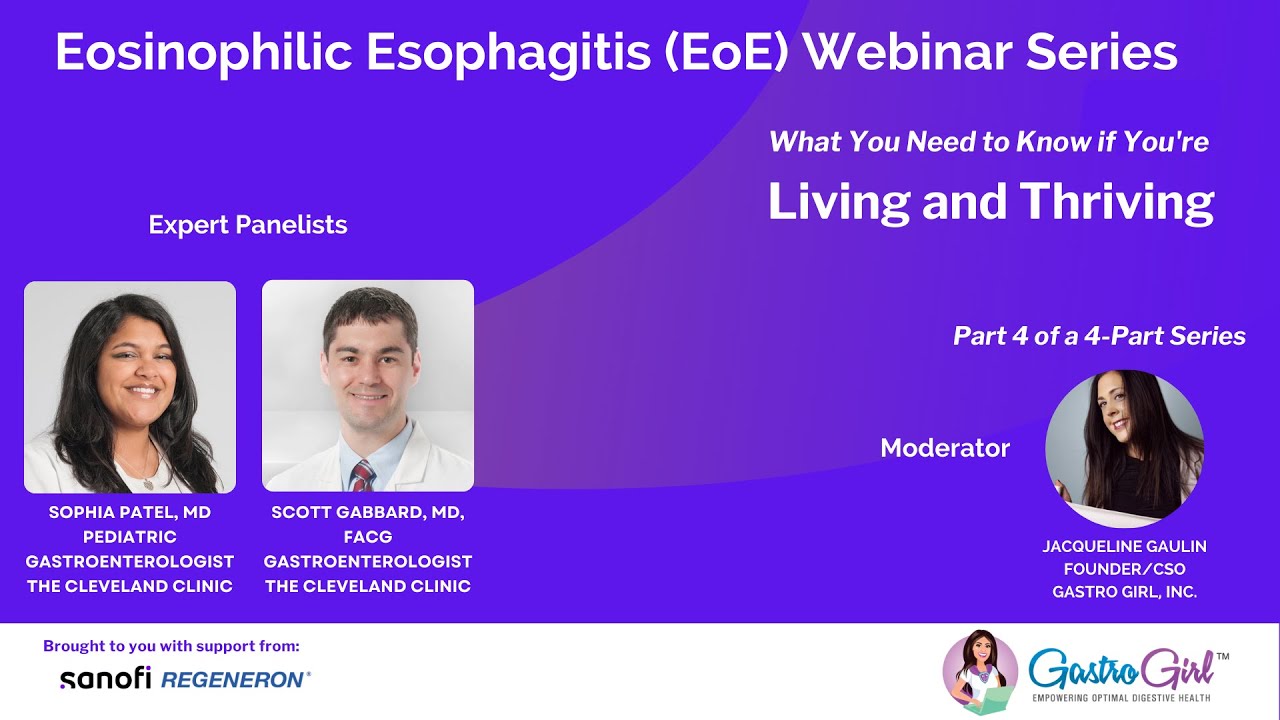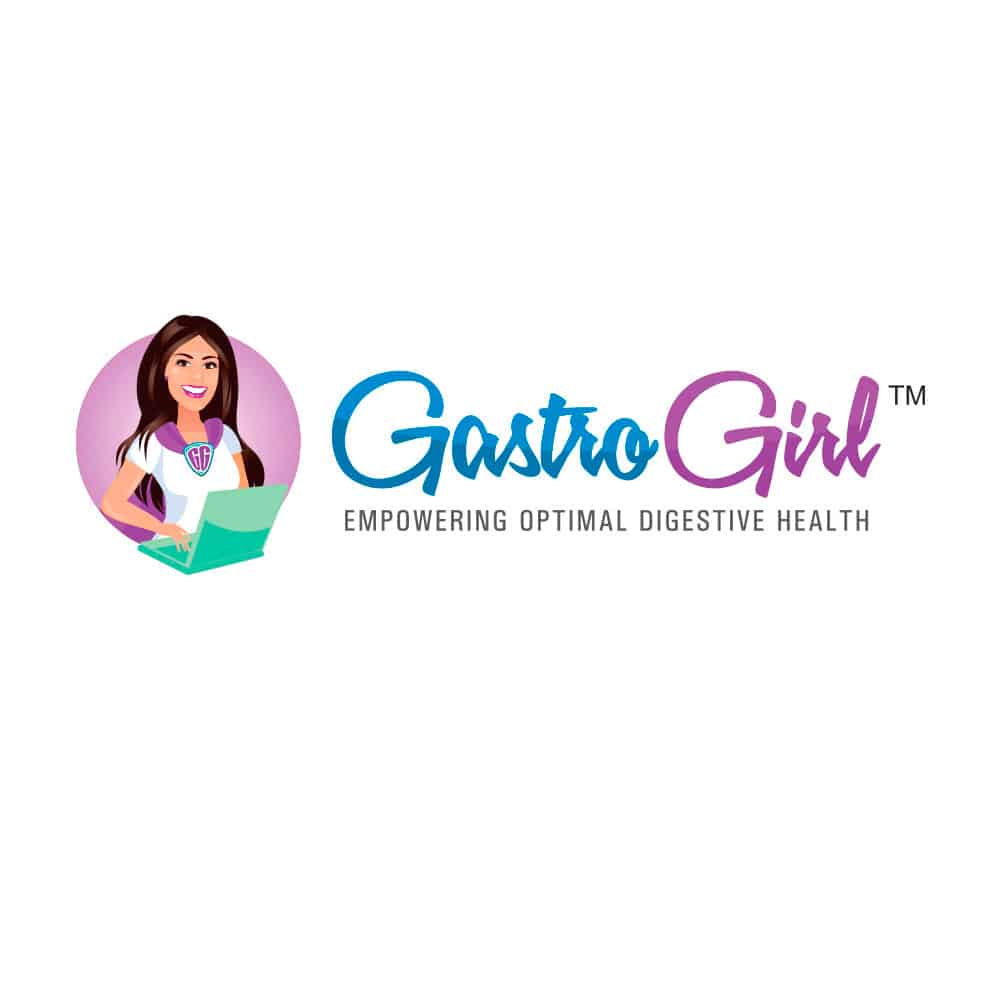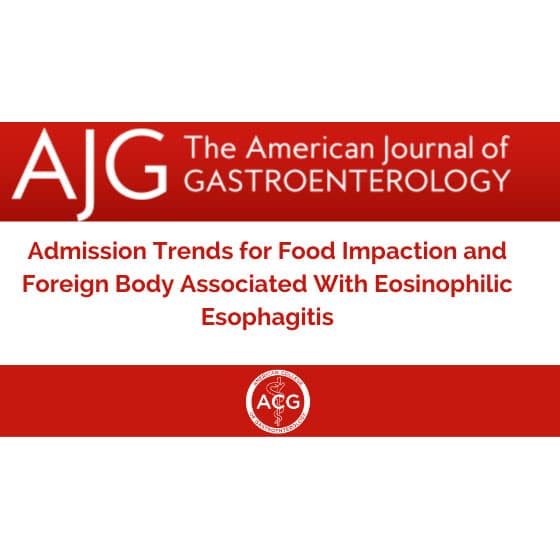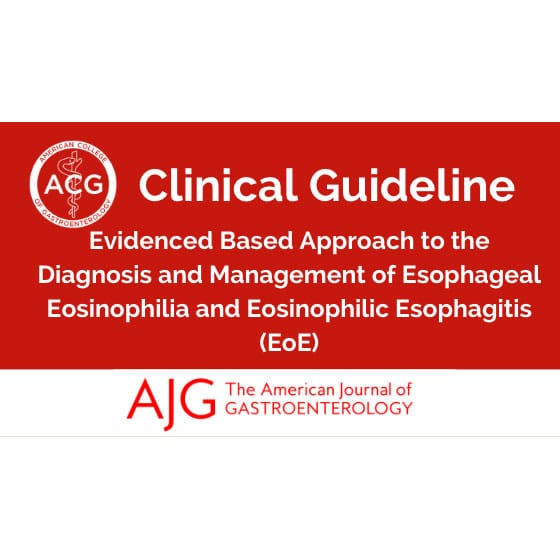Rare Disease Spotlight: Know Your EGIDs!
Eosinophilic gastrointestinal disorders (EGIDs) are a group of rare conditions that affect the digestive system. They are caused by high levels of eosinophils, a type of white blood cell that is involved in allergic reactions.
EGIDs are currently separated into four main diseases: EoE, EG, EGE, and EC.
Eosinophilic Esophagitis (EoE)
The esophagus is the tube that connects your mouth to your stomach. In eosinophilic esophagitis (EoE), eosinophils build up in the esophagus and can lead to inflammation and injury.
Signs and Symptoms of EoE
Infants and young children with EoE may refuse to eat or have a low appetite. This can lead to poor growth or even weight loss.
Older children may have frequent vomiting and abdominal pain. Adults and children will typically have difficulty swallowing (dysphagia) and/or painful swallowing.
Who gets EoE?
The estimated rate of EoE is 1 out of 2,000 people. Both males and females can get EoE, but males are affected at a higher rate. Many people with EoE and EGIDs have allergic conditions such as asthma and eczema.
What is the cause of EoE?
The cause of EoE is currently unknown. At this time, the general consensus is that an immune response to certain foods plays a role in EoE. Researchers are looking into specific EoE genes that can hopefully drive new ways to approach this rare condition.
How is EoE diagnosed?
As with any EGID, it is essential to work with your doctor to first rule out more common causes of symptoms.
A gastroenterologist will use a flexible tube with a camera on the end called an endoscope to see into the esophagus, stomach, and upper intestine. This is called an upper endoscopy. Biopsies (tissue samples) will also be taken during the procedure and used to make an EoE diagnosis.
How is EoE treated?
EoE is often treated with a combination of dietary changes and medications.
The most common diet trial for EoE is the six-food elimination diet (SFED) where wheat, milk, egg, nuts, soy, fish, and shellfish are avoided and then reintroduced if possible. The use of hypoallergenic elemental nutrition drinks may also be necessary. Working with a registered dietitian who specializes in EoE is highly recommended.
Medications for EoE include topical steroids and acid suppressing medications. A medical procedure called dilation may be needed if the esophagus has become too narrow from EoE.
Eosinophilic Gastritis (EG) & Eosinophilic Gastroenteritis (EGE)
In eosinophilic gastritis (EG), eosinophils cause injury and irritation to the stomach. In eosinophilic gastroenteritis (EGE), both the stomach AND the small intestine are affected.
Although EG and EGE are different diseases, they have many similarities.
Signs and Symptoms of EG & EGE
- Nausea
- Vomiting
- Trouble eating (loss of appetite, swallowing difficulty, food refusal)
- Abdominal pain
- Poor growth and/or weight loss
- Anemia (low red blood cell counts)
- Fatigue
Who gets EG & EGE?
The estimated rate of EGE in the United States is 5.1 to 8.4 out of 100,000 people. EG and EGE can affect both males and females and both adults and children.
What are the causes of EG & EGE?
The causes of EG and EGE are unknown at this time.
How are EG & EGE diagnosed?
An upper endoscopy is performed and biopsies are taken. If the biopsies show a high level of eosinophils, then this will be used along with clinical symptoms and other factors to help make a diagnosis.
How are EG & EGE treated?
While there are currently no consensus guidelines for the treatment of EG and EGE, the goal of treatment is to reduce inflammation and damage caused by eosinophils.
Currently, dietary changes to remove common allergens is a typical part of treatment. Medications to lower inflammation may also be used.
Eosinophilic Colitis (EC)
In eosinophilic colitis (EC), a large number of eosinophils are present in the colon (large intestine) and can cause injury and irritation.
Infants with EC often grow out of it, but it can often be chronic for older children and adults.
Signs and Symptoms of EC
- Diarrhea (infants will often have bloody diarrhea)
- Nausea
- Vomiting
- Trouble eating (loss of appetite, swallowing difficulty, food refusal)
- Abdominal pain
- Poor growth and/or weight loss
- Anemia (low red blood cell counts)
- Fatigue
Who gets EC?
EC can affect both males and females and both adults and children. Symptoms usually present before the age of 6 months.
What is the cause of EC?
The cause of EC is currently unknown. However, it has been found that cow’s milk protein may make symptoms worse.
How is EC diagnosed?
A colonoscopy is used to diagnose EC. A tube with a camera on the end is inserted into the rectum in order to see the large intestine. Biopsies are taken and used along with clinical symptoms and other factors to help diagnose EC.
How is EC treated?
While there are currently no consensus guidelines for the treatment of EC, the goal of treatment is to reduce inflammation and damage caused by eosinophils.
Common allergens may be excluded from the diet to help control symptoms. In infants, removing milk and/or soy can often resolve EC.
Steroids and other anti-inflammatory medications may be used to help lower inflammation in the large intestine.
Although EGIDs are rare, the community of those who have been touched by these diseases is strong. We recently interviewed Kathleen Sable and her son who has EoE and learned about caregiving and advocacy for EGIDs.
Resources
National Eosinophil Awareness Week is May 16-22
Learn more about EGIDs and how to get get involved!
American Partnership for Eosinophilic Disorders (APFED)
Mission Statement: “To passionately embrace, support, and improve the lives of patients and families affected by eosinophil-associated diseases through education and awareness, research, support, and advocacy.”
Campaign Urging Research for Eosinophilic Disease (CURED)
The CURED Mission: “CURED is committed to raising substantial funding to aid in research, advocating on behalf of EGID patients and their families, and working to educate and increase awareness about this complex group of diseases.”
EGID Partners
“EGID Partners is an online cohort of patients with eosinophilic gastrointestinal diseases (EGIDs) brought to you in a collaboration between Patient Advocacy Groups and Researchers.”
Consortium of Eosinophilic Gastrointestinal Disease Researchers (CEGiR)
Mission: “To improve the lives of individuals with eosinophilic gastrointestinal disorders through innovative research, clinical expertise and education via collaborations between scientists, health care provides, patients and professional organizations.”
May 21, 2021
Growing Up With Eosinophilic Esophagitis (EoE)
EoE is a chronic, allergic inflammatory disease of the esophagus that can leave adults struggling with their diet. So imagine if you were in our guest, Kathleen Sable’s shoes, and your infant son was diagnosed with this rare disease. Kathleen details her caregiver journey, and the steps she had to go through to give her son, Jeremy, as normal an upbringing as possible. Jeremy also joins us in this heartwarming mother/son patient story to share his perspective and what living with EoE means for him today.
May 21, 2021
Eosinophilic Esophagitis 101: What You Need To Know
Gastroenterologist Dr. Milli Gupta shares her expertise on Eosinophilic Esophagitis (EOE), an allergic condition in the esophagus that has serious physical and mental implications for struggling patients. We breakdown exactly what is happening in your throat during a flare up, symptoms that should trigger a call to your doctor, treatment options, and what to expect from food elimination diets designed to identify the triggers that can cause a flare up. This episode is brought to you by The American College of Gastroenterology’s Patient Care Committee.
May 21, 2021
Eosinophilic Esophagitis (EoE) Webinar Series Part 1: Undiagnosed and Suffering in Silence
Do you or a loved one have trouble swallowing food? Does food ever get stuck in your throat? Do you or a loved one take longer to eat than everyone else and/or drink with every bite to help get the food down? If you answered yes to one or more of these questions, then you or your loved one may have a condition called Eosinophilic Esophagitis (EoE). Learn more about EoE in this episode, “Undiagnosed and Suffering in Silence,” which is Part 1 of a 4-Part Eosinophilic Esophagitis (EoE) Education Program targeting key areas of the patient journey from symptoms to diagnosis to treatment options to living and thriving with this serious health condition.
May 21, 2021
Eosinophilic Esophagitis (EoE) Webinar Series Part 2: Just Diagnosed
You or a loved one has just been diagnosed with Eosinophilic Esophagitis (EoE). What does that mean in the short term and the long term? How does this condition impact your quality of life? What treatment options are available? How will you manage new experiences that may include medications, therapy, or diet interventions? This webinar may lead you to some answers. Part 2 of our 4-Part Eosinophilic Esophagitis (EoE) Education Program is designed to inform you on what the next steps are after recently being diagnosed with EoE.
May 21, 2021
Eosinophilic Esophagitis (EoE) Webinar Series Part 3: Diagnosed With EoE But Not Under A Doctor’s Care
You’ve been diagnosed with EoE but have not been maintaining a consistent regimen with a healthcare provider. Perhaps treatment results haven’t been optimal, or put simply, life got in the way. You’re not alone. Part 3 of our 4-Part Eosinophilic Esophagitis (EoE) Education Program is designed to inform you on ways to get back on track with treating your EoE diagnosis and what conversations you may have with your healthcare provider.
May 21, 2021
Eosinophilic Esophagitis (EoE) Webinar Series Part 4: Living and Thriving
After finding the right multidisciplinary care team and undergoing treatment for a period of time, you’re starting to feel more like yourself. Your EoE is in remission. Swallowing food is no longer a fear-inducing practice. You have a better understanding of what may trigger your EoE and how to avoid those situations. You’re thriving! Part 4 of our 4-part Eosinophilic Esophagitis (EoE) Education Program contains success stories of EoE patients from the doctor’s perspective, so you can understand what remission and/or success could mean for you.
Listen to our
latest Podcast!
